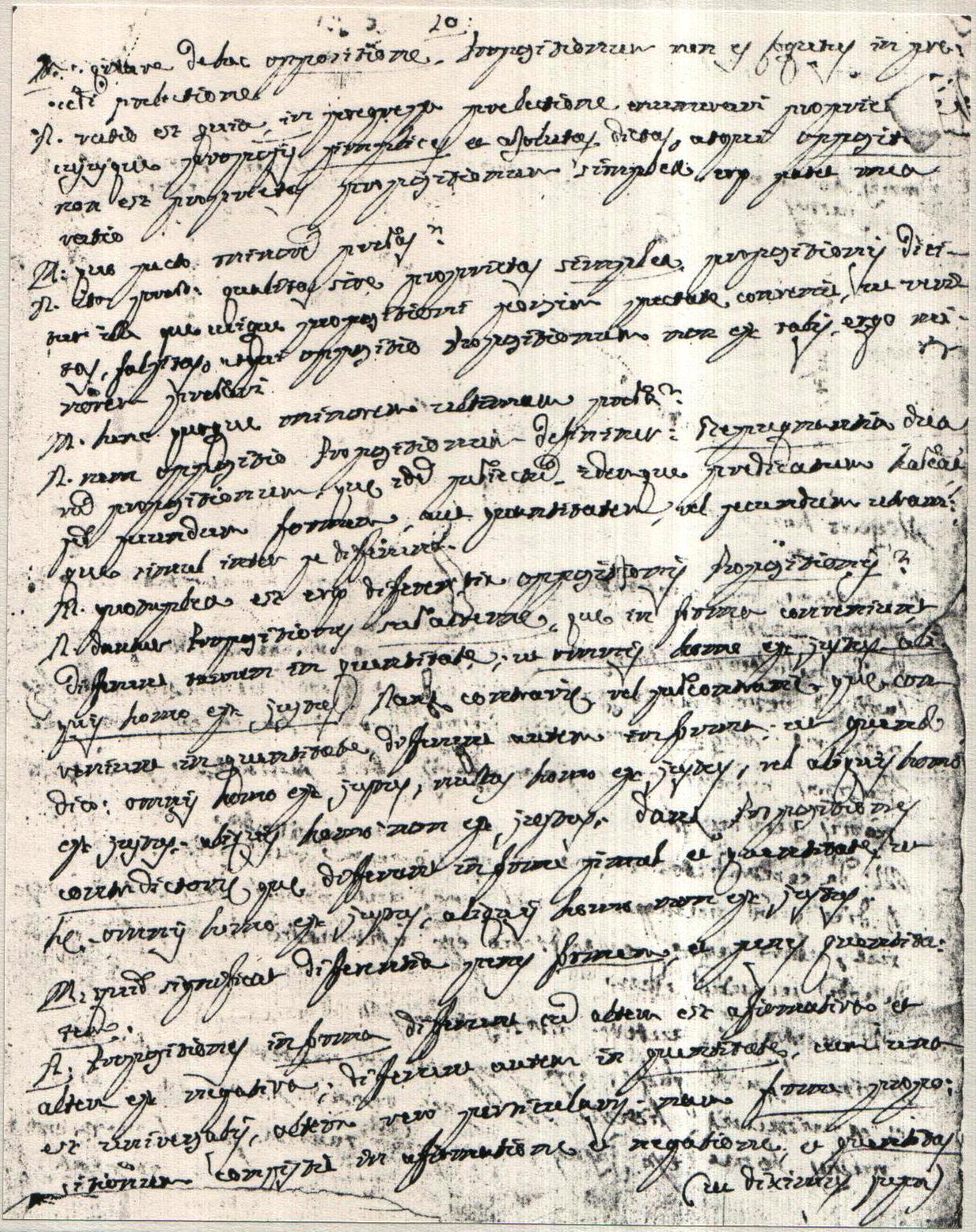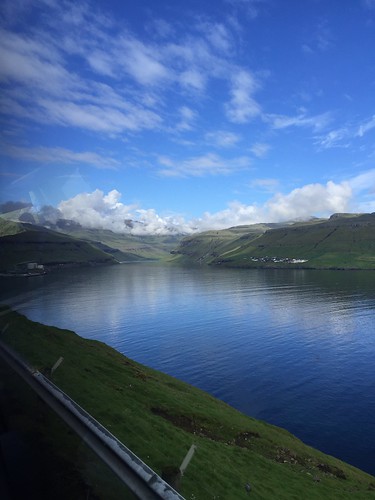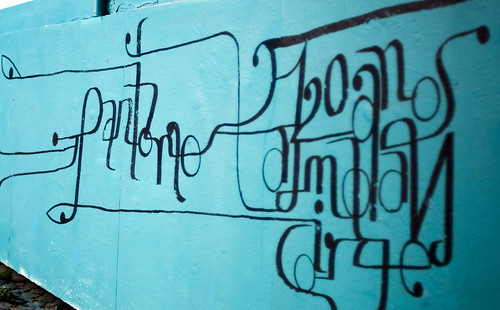
A book is not a baby.
People like to employ many different metaphors to describe books and writing. Some of them are helpful, and some of them are not. They all have certain implications, and add up to the story people tell themselves about the work and their lives.
I encountered the book=baby metaphor again recently. It likened the publication process to trying in vitro fertilization. There are many ways this metaphor doesn’t work for me, but one of the main ones is that if IVF fails, you don’t have a baby. If whatever path to publication you’re trying fails, you still have a book and nothing can take that away from you. Mistaking publication for the book is like mistaking graduation for the learning, the wedding for the marriage, the promotion announcement for the job. It has value, but it is the sign, not the signified.
A book is not a baby, as KJ Charles explains:
I don’t put my baby up for sale on Amazon; I don’t think a poorly baby can be made better by cutting 20% of its length; it is not good practice to put a misbehaving baby in a drawer and forget about it for six months.
The book=baby metaphor also supposes that the pregnancy is the hard part, not the child-rearing, that you are never done with a book, that how much other people like your baby is the real measure of success…. She goes on to look at the metaphor from the point of view of not getting freaked out about bad reviews, (which are for other readers, not the writer) but the metaphor is wrong on so many levels, I wish it would entirely go away. It is flawed to the point of being useless.
I’ve used metaphors like:
- a book is a sculpture, except the rough draft phase is like making the the clay, and the subsequent draft phases are shaping it;
- writing is like lifting weights: some days are better than others, progress is infinitesimal sometimes, but after a while you have a
babynovel/400lb dead-lift (one day, I hope)–of course this metaphor falls apart quickly, since a novel is finished, and getting stronger never is. Maybe getting better as a writer is more like this.
Today I encountered one that I really liked from Chuck Wendig: submitting a novel is like flying a kite. And I think that metaphor can go further. Writing the novel is making the kite. Submitting it is putting it up into the wind. You may not have much wind. You may have designed a really bad kite. You may have a great kite, but it’s too fragile for the winds you have, or too heavy for the winds, or not able to recover from gusts. It might be a great kite but while you were good at making it, you’re not great at flying it. Many kites can fly, but not all of them, and it needs the right wind, the right launch, hands on the controls that can guide it well. Those winds are the mood of the market, the agents and editors who see it, the market they envision for it. The hands are the author’s and other people who get involved along the way. You can even fix a kite and maybe it will fly better next time, or maybe it’s a more of a bowling ball than a kite, and it is never going to get off the ground.
Of course, every metaphor is wrong in some way. The important thing for me is to tell myself stories and use metaphors that keep writing rewarding. Any metaphor that forgets that, and pushes me to interpret the time I’ve spent writing as something that can be wasted, or something that can fail, is not useful. Extrinsic rewards are great, but the real reward is writing things that I want to read and write. Extrinsic rewards don’t change anything about the novel I wrote, or my worth as a person. They both exist, and have a right to exist, independently of that.
.png)
 This has been an exciting few weeks in author land. I saw some first mockups for my US covers and gave feedback. I saw a a finished version of my German cover. I saw mockups for the inside pages of my US edition. I’m incredibly excited about the covers, which are both gorgeous. And most importantly, they have my name on them. Right there on the cover! It says Linnea Hartsuyker! Or actually LINNEA HARTSUYKER since both editions are using an all-caps font. SO MANY PEOPLE WILL BE MISPRONOUNCING MY NAME SOON!
This has been an exciting few weeks in author land. I saw some first mockups for my US covers and gave feedback. I saw a a finished version of my German cover. I saw mockups for the inside pages of my US edition. I’m incredibly excited about the covers, which are both gorgeous. And most importantly, they have my name on them. Right there on the cover! It says Linnea Hartsuyker! Or actually LINNEA HARTSUYKER since both editions are using an all-caps font. SO MANY PEOPLE WILL BE MISPRONOUNCING MY NAME SOON! When I applied to MFA programs, I used the first few chapters of The Half-Drowned King as my portfolio material, which usually counts for 80-90% of the admissions decision. I wanted MFA faculty to know that I was a writer of historical fiction, with swords and kings, and prophetic dream right in chapter one. I was worried that MFA programs would be full of literary snobs, and I wanted the program that chose me to know what they were getting.
When I applied to MFA programs, I used the first few chapters of The Half-Drowned King as my portfolio material, which usually counts for 80-90% of the admissions decision. I wanted MFA faculty to know that I was a writer of historical fiction, with swords and kings, and prophetic dream right in chapter one. I was worried that MFA programs would be full of literary snobs, and I wanted the program that chose me to know what they were getting.


